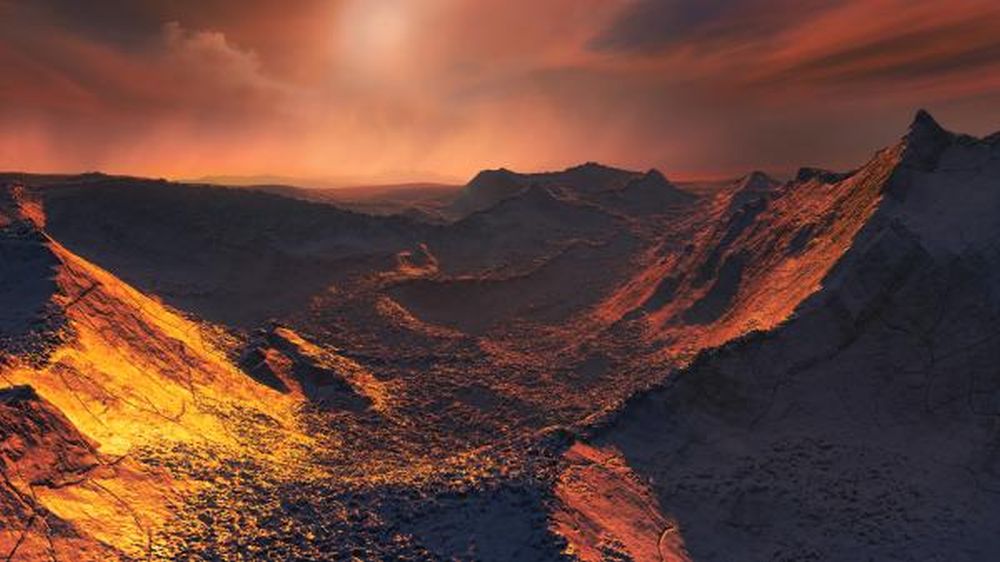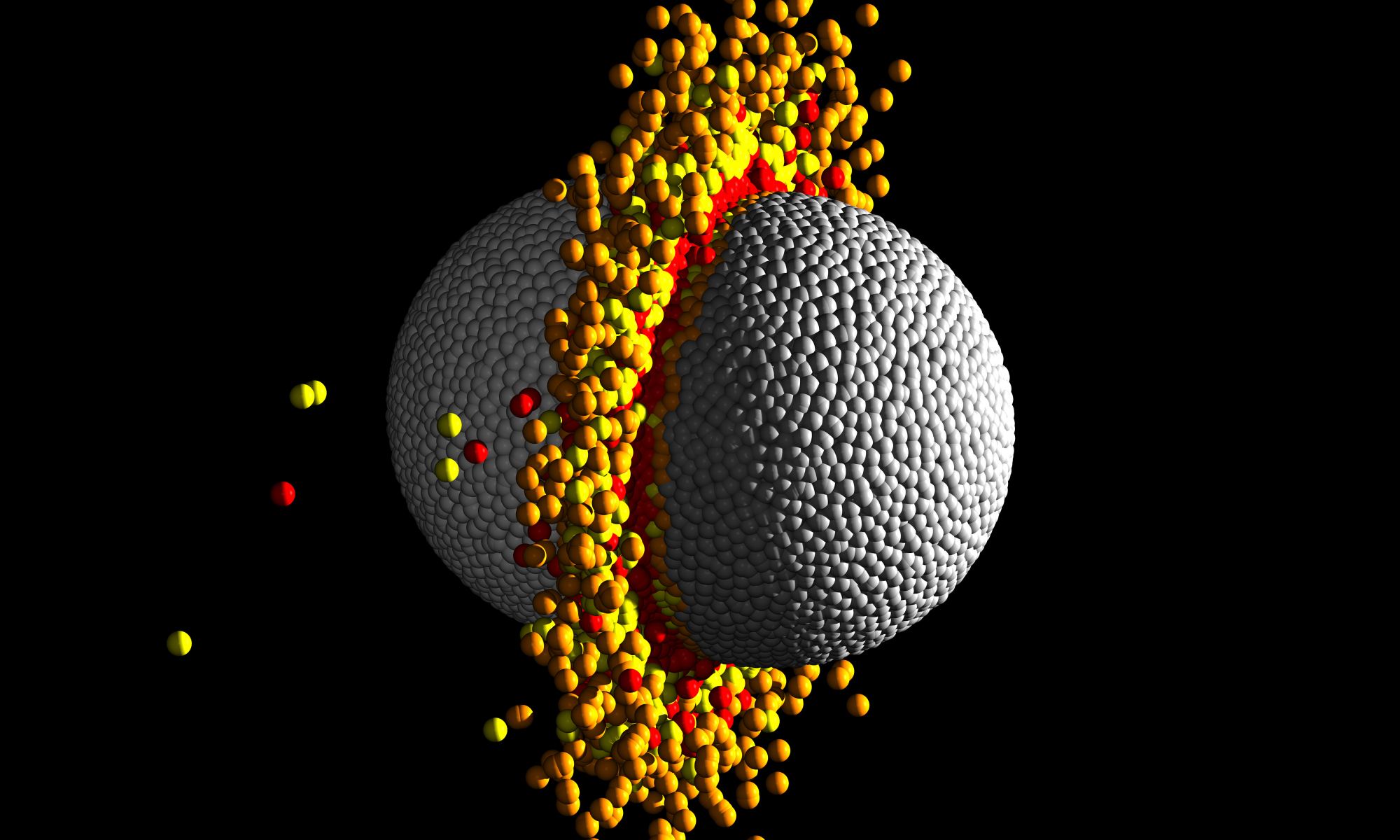Sad fact of the Universe is that all stars will die, eventually. And when they do, what happens to their babies? Usually, the prognosis for the planets around a dying star is not good, but a new study says some might in fact survive.
A group of astronomers have taken a closer look at what happens when stars, like our Sun for instance, become white dwarfs late in their lives. As it turns out, denser planets like Earth might survive the event. But, only if they’re the right distance away.
Continue reading “Small, Tough Planets can Survive the Death of Their Star”









